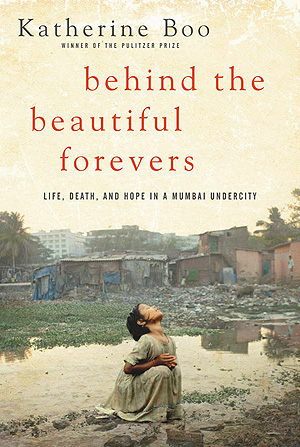
The rise of the current phase of globalization has been accompanied by an endless stream of articles and books on this phenomenon. The dominant narrative is that the extension and deepening of economic relations across the globe is both inevitable and a nearly unalloyed blessing.
Yes, the argument goes, a few people have been left behind. But on the whole, the advocates of this new phase of capitalism argue, incomes and job opportunities have grown, new industries, new technologies and a new global division of labor have arisen, and formerly poor countries – China, India, Brazil, etc. – have embarked on an upward growth trajectory.
But there is a different narrative that contradicts this idyllic picture. Indeed, this other narrative reveals the negative impacts of this new stage of capitalist globalization on peoples and countries.
Charts, graphs, and statistics make the case that globalization has not been a process of broad economic uplift in either the advanced industrial countries or the newly industrializing countries.
They show that the panorama of capitalist globalization is one of displaced workers, deindustrialization, declining wages, hollowed out communities, land dispossessions, forced migration within and between countries, unsafe working conditions, unspeakable poverty, hunger, and disease, racial and gender inequality, and an explosion of slums.
But scholarly analyses don’t capture the lived experience of actual human beings caught on the wrong side of the global economy.
Now we have a book that does – Katherine Boo’s “Behind the Beautiful Forevers: Life, Death and Hope in a Mumbai Undercity.” It isn’t the first book of this kind but, in revealing the tragedy of capitalist globalization in incredibly intimate and moving detail much like a good novel does, it has to rank as one of the best.
Boo has been writing on poverty in the United States for many years – first as a journalist with the Washington Post and now at the New Yorker. But in this new book she turns her perceptive eye to a slum neighborhood named Annawadi, in Mumbai, India.
Over a three-year period, Boo chronicles the lives of a few families in their struggle for survival in the shadows of the other India – a new modern airport complete with lavish hotels, upscale offices, and nouveau riche capitalists.
The residents of Annawadi, Boo tells us, are “housed” in ramshackle huts which are visited on cold nights by rats that bite the human inhabitants. Most are forced into precarious and unwaged jobs on the edges of India’s growing economy. Much of their work revolves around trash – its collection, sorting, and selling – plus occasional theft from nearby construction sites. Here we see the informal economy, as it is called, writ large.
One of two threads of the book is the travails of the Husain family and their son Abdul Hakim, who finds himself, through no fault of his own, in the clutches of the criminal justice system – a system that is filled, according to Boo, with rampant corruption and extortion.
The other thread is the lives of Asha and her daughter. Asha is an activist in the Hindu extremist Shen Siva party, who hopes to become the slum overlord and “then ride the city’s inevitable corruption into the middle class.”
Annawadi’s other residents have similar aspirations, but most of them, writes Boo have even less chance than Asha and her daughter of transcending their crushing circumstances. In Annawadi even bootstraps are scarce.
As you might expect, the neighborhood isn’t stable. Its inhabitants come and go. Not finding work, they move on to another neighborhood or city or back to the countryside in hopes of improving their lives. Understandably, some resort to criminality.
However, what is striking in Boo’s account is the near absence of social solidarity in this community. Indeed, what stands out is the highly individualized struggles of people to eke out a life – sometimes at the expense of their neighbor. I don’t doubt that what Boo writes is true, but for the reader to generalize this particular experience would be problematic. In other parts of India and the global South, mass mobilizations of slum dwellers have left their imprint on the political landscape.
At the same time, to suggest – as some do – that the poorest in society are the singular and leading force for social change strikes me as problematic. In my view, only in close alliance with organized wageworkers and other social groupings and movements can the most impoverished find economic security, equality, and freedom.
If the book has a fault it lies in its narrow frame. While its close-up lens gives the reader a picture of the horror of neoliberal globalization in the lives of a few real human beings, this approach comes at a price – the wider political and economic context, shaped by capitalist restructuring, crisis, and stagnation, is hidden from view.
That said, “Behind the Beautiful Forevers” is still a powerful indictment of 21st century capitalism. It is well worth reading.
Book details:
Behind the Beautiful Forevers: Life, Death, and Hope in a Mumbai Undercity
By Katherine Boo
2012, Random House, 288 pages, $27.00 hardcover
Also available in paperback, Kindle, and audio editions










